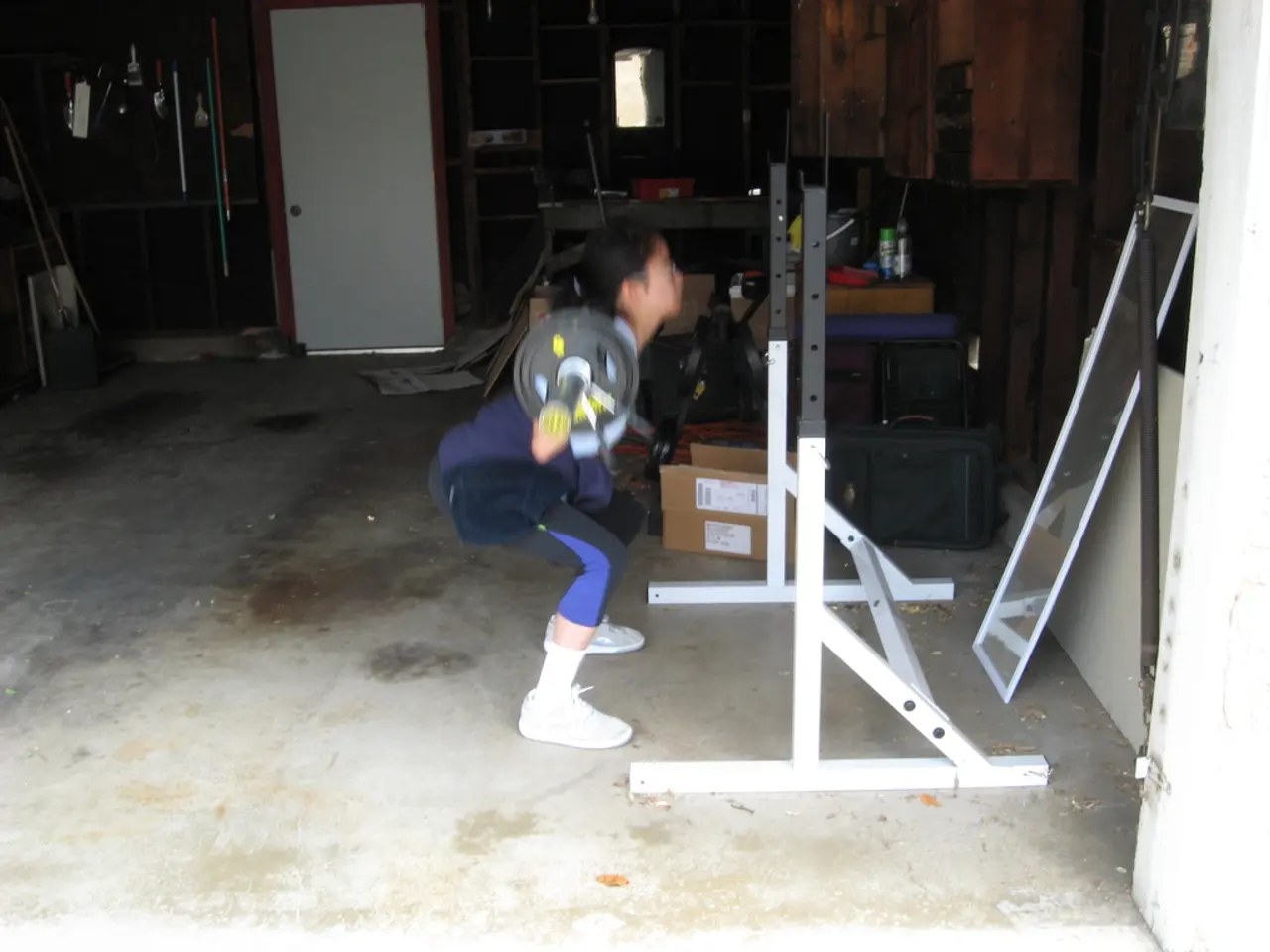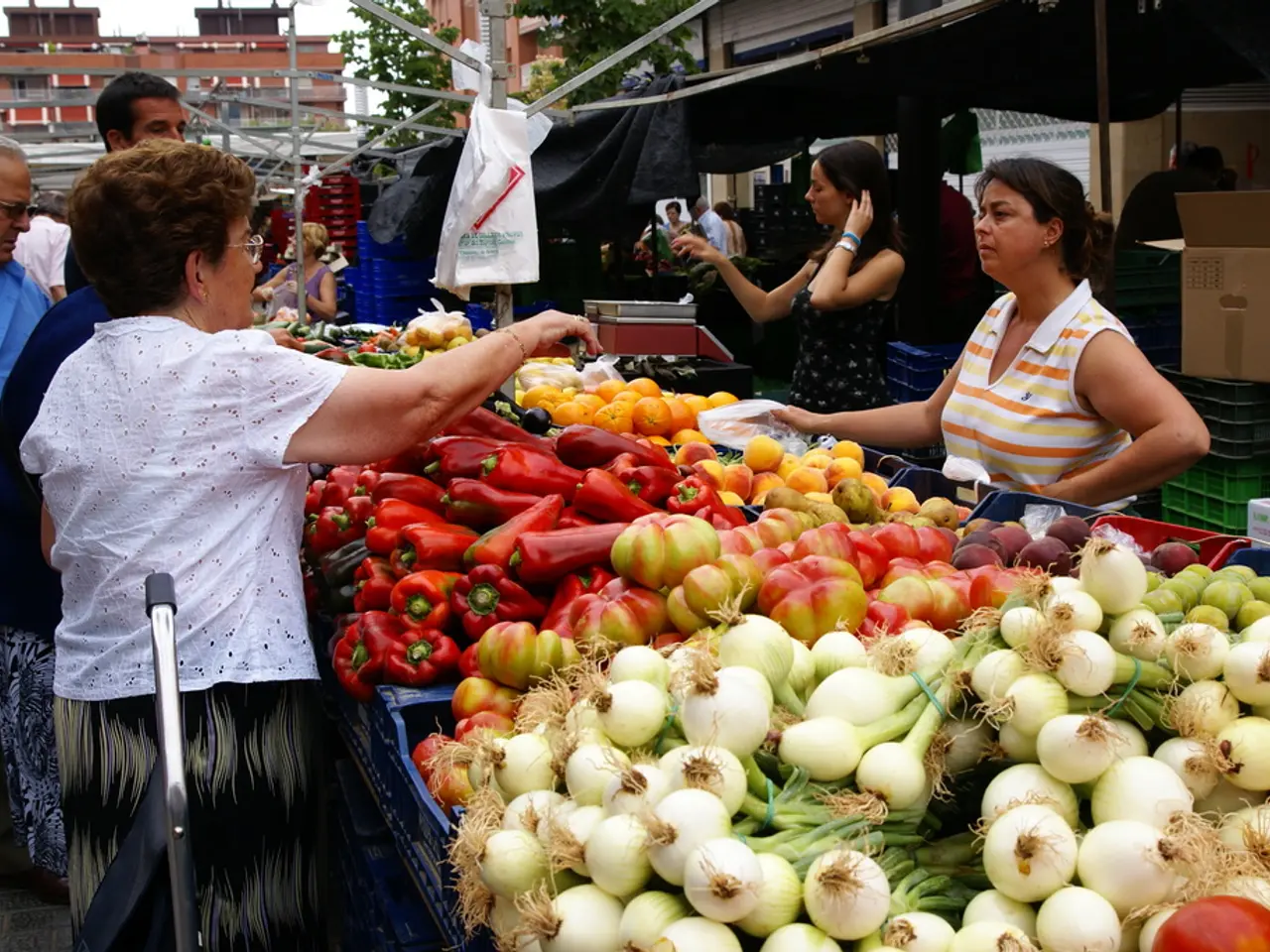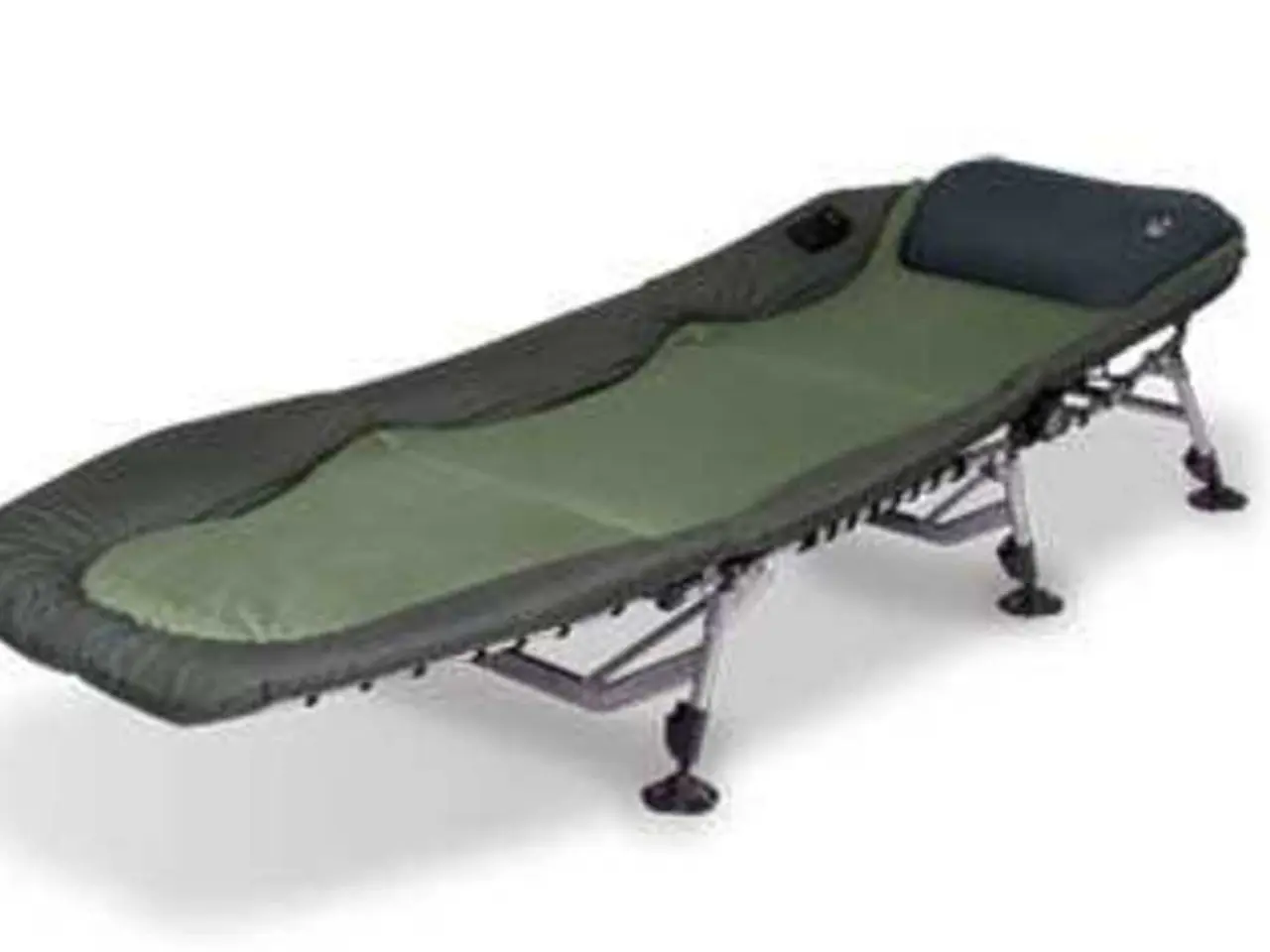"A seasoned fitness trainer discloses her revamped exercise regimen, centered around three essential mobility exercises, in response to aging"
Hannah Frankson, a renowned Peloton trainer, strongly advocates for the importance of mobility in her workouts, especially as she ages. In her fitness classes, she often prioritises balance and resistance training, followed by speed, indicating a mix of strength and dynamic movement preparation.
For a quick and effective pre-workout routine inspired by Frankson's approach, here's a suggested sequence:
1. Begin with a dynamic warm-up focusing on balance exercises that engage core and stability muscles, such as single-leg balance drills or controlled reaches.
2. Incorporate resistance-based mobility drills using light resistance bands or bodyweight to activate muscles around joints.
3. Prepare the body for faster movements with speed or dynamic mobility drills like leg swings, arm circles, or light jogging.
Frankson's three-move mobility routine includes the "World's greatest stretch" and the "Happy baby" exercises.
The "Happy baby" stretch helps unlock tight hips and improves movement before a workout. To perform this stretch, lie on your back, bring your knees towards your chest, place your arms inside your knees and take hold of your big toes or the outsides of your feet. Spread your knees slightly wider than your torso, and gently pull your feet up and down to deepen the stretch, keeping your tailbone grounded. Gently rock side to side for 30 seconds and repeat three times.
The "World's greatest stretch" is an all-in-one movement that targets the hips, shoulders, and chest. To perform this stretch, step forward into a deep lunge, rotate the torso, and lower and lift the hand while shifting the hips back to stretch the front hamstring.
In the dumbbell squat hold, bend your knees and push your hips back to lower as far as possible, keeping your chest upright and your back neutral. To offset the weight of your body and help balance, Frankson recommends using a light dumbbell. If you find yourself leaning forwards, it can be helpful to lift your heels up or place a weight plate or another dumbbell under your heels for the heel-elevated squat.
Remember Frankson's saying, "You have to earn the right to squat." Pause and hold at the bottom of the squat for 30 seconds, maintaining tension in your legs and core, avoiding rounding your back or letting your knees cave inward. This exercise activates the lower body before a workout and is important for strengthening joints.
While specific mobility exercises from Hannah Frankson are not extensively documented, her workouts typically include sections targeting arms, suggesting upper body mobility and activation may be part of her overall routine. For precise mobility exercises from Hannah Frankson, checking her official Peloton workouts or social media for specific pre-workout mobility routines would be recommended.
Mobilization before strength training can help move better, lift more effectively, and reduce the risk of injury. Incorporating these exercises into your pre-workout routine can help you get the most out of your training sessions.
Incorporating Hannah Frankson's mobility approach, a pre-workout sequence including dynamic balance exercises, resistance-based drills, and speed drills might be effective. The "Happy baby" stretch, one of Frankson's recommended three-move mobility routine, helps unlock tight hips and improves movement before a workout. Meanwhile, the "World's greatest stretch" targets the hips, shoulders, and chest, providing an all-in-one movement. A dumbbell squat hold, recommended by Frankson, can activate the lower body and help reduce the risk of injury. While specific mobility exercises from Frankson may not be extensively documented, her workouts often include sections targeting arms, suggesting upper body mobility and activation could be part of her overall approach. Incorporating such mobility exercises before strength training can enable you to move better, lift more effectively, and potentially reduce the risk of injury.




